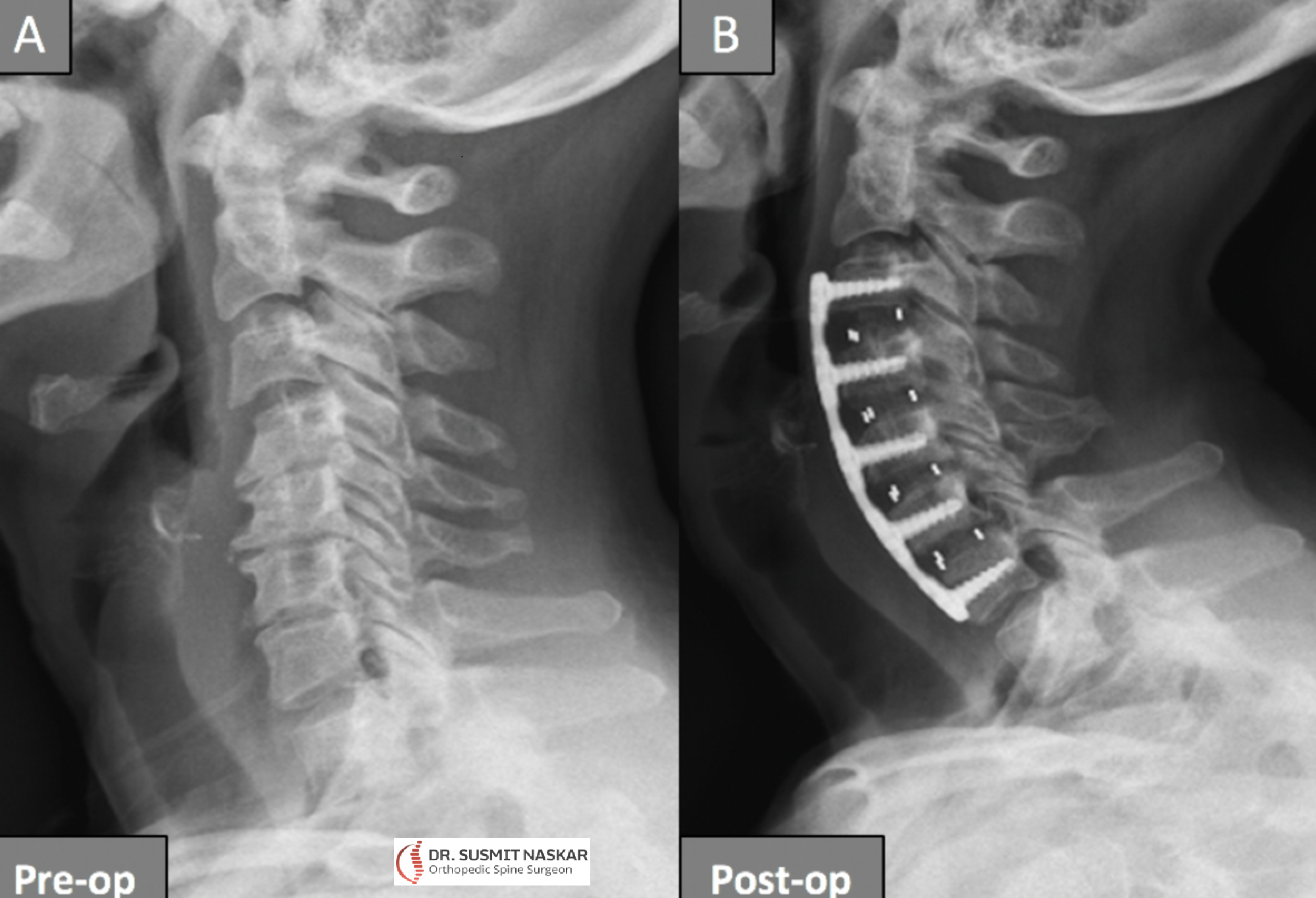(9am to 8pm)

Kyphosis correction surgery is a surgical procedure performed to address abnormal curvature of the spine known as kyphosis. Kyphosis refers to an excessive forward curvature of the upper back, causing a hunched or rounded appearance of the spine.
The decision to undergo kyphosis correction surgery is typically based on the severity of the curvature, the presence of symptoms, and the failure of non-surgical treatments to provide relief. Conservative treatments such as physical therapy, bracing, and pain management techniques are usually attempted first, but if these methods do not effectively alleviate symptoms or if the curvature continues to progress, surgery may be considered.
There are different surgical approaches and techniques available for kyphosis correction, and the specific procedure chosen depends on the individual’s condition and the underlying cause of the kyphosis. Some common surgical techniques include:
After surgery, patients usually require a period of recovery, which includes pain management, physical therapy, and close monitoring by the medical team. The recovery time can vary depending on the extent of the surgery and the individual’s overall health. It is important to follow the surgeon’s post-operative instructions and attend any follow-up appointments to ensure proper healing and rehabilitation.
As with any surgical procedure, kyphosis correction surgery carries certain risks, including infection, bleeding, nerve damage, and complications related to anesthesia. It is essential to discuss the potential risks and benefits of the surgery with a qualified healthcare professional who can provide personalized advice based on the individual’s specific situation.
Kyphosis correction surgery is a procedure that aims to correct abnormal curvature of the spine known as kyphosis. While I cannot provide specific information about the services offered by Advance Spine Surgery or any other specific clinic or website, I can give you a general overview of kyphosis correction surgery.



